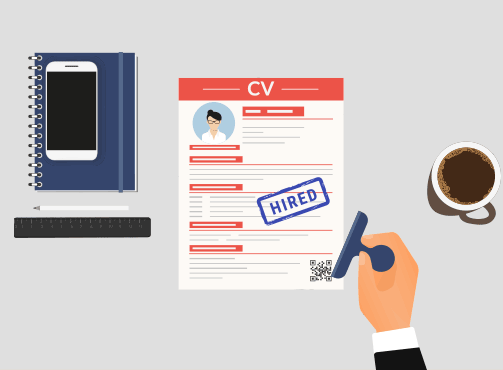If you are planning to emigrate to Australia from the UK and you are applying for jobs, it is important to know that the CV is formatted slightly different in the Land Down Under. When you are presenting your CV to a potential employer you will need to make sure that it is formatted properly so that it looks correct and professional.
Don’t Leave Anything Out
One important difference between an Australian and a British CV is the amount of details that you should include. In the UK if you are applying for a position you might only include the details of your skills and work history that are relevant to that position. If you had a job a couple of years ago that was not relevant you might not include it, so that you can keep your CV to a concise two pages and ensure all information is related to the position.
However, in Australia it is more common to include all of the information about your job history, even if it isn’t directly related to the job you are currently applying for. This means that an Australian CV might end up being three or four pages long, or even longer if you have been in the workforce for a while and you are applying for a senior position.
Leaving information off your CV in Australia will cause the potential employer to wonder what you were doing during that gap in time – perhaps assuming that you did nothing. So, make sure that you include all education, training and work experience – even if it makes your CV a little longer than it would be in the UK.
More Tips
Here are a few more important tips to keep in mind when it comes to displaying your skills and experience on your Australian CV.
- * Start with your current job first and work backwards. Make sure that you include the dates in which you worked in the position, including the month and the year.
- * Include a short description of your duties within that role, such as your position within the organisation, what your job entailed and any special accomplishments that you achieved.
- * Make sure that you format your CV so that it has a lot of space and is easy to read – perhaps with bullet points. When there are a lot of dense paragraphs of text people tend to skip over them. The format should be as simple and clear as possible.
- * Also, avoid using any crazy fonts that will make the text too hard to read. It should be an ordinary font such as Arial or Times New Roman. If your CV is difficult to read many people will just throw it aside and skip to the next one. Here are some tips for formatting your CV for easy reading.
- * It is also a good idea to include some references from your former employers, along with their name, position, address and contact details.
- * You might also want to include a section on your CV for your personal skills in relation to the position that you are applying for. These can be a separate section called your “key strengths.”
- * Don’t forget to also include your education and training. Write your highest achieved education in your home country, including the details such as the name of your school, the name of your degree and the subject you studied. You should list your highest level of education first and then do down from there.
- * You can also include information about any training and certificates you may have obtained, such as a First Aid certificate or Workplace Health and Safety training.
- * Don’t forget to include any unpaid work experience that you might have, such as volunteering or internship programs.
- * You can also mention any awards or recognition that you might have received during the time at which you work for the company.
Writing your CV is your chance to really shine and show the company what you have to offer and what you bring to the job. When you are applying for jobs in demand in Australia, a well written CV will set you above the rest and give you the best possible chance of job hunt success.




